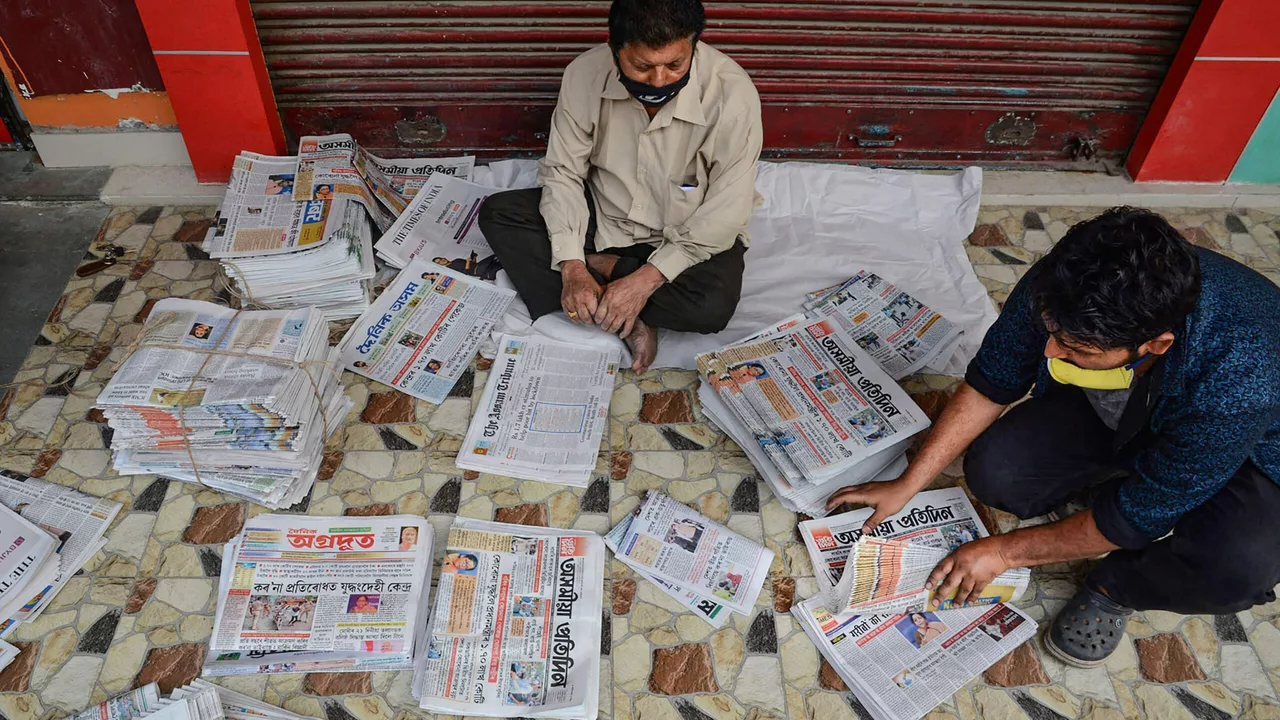News and Media Analysis: Is Indian News Media Trustworthy?
Did you know that a recent survey found over 60% of Indian readers admit they question the truth of headlines they see online? That’s a huge red flag and why many folks feel unsure about what to trust. In a country where dozens of TV channels, newspapers, and digital portals compete for attention, the line between fact and spin can get blurry fast.
What Shapes Trust in Indian News Media
First off, ownership matters. When a media house is tied to a political party or a big business, their coverage often leans toward that owner’s agenda. You’ll notice the same story getting a different spin on two rival channels – one may call a protest “peaceful,” while the other labels it “violent.” That kind of inconsistency chips away at credibility.
Second, the race for clicks drives sensational headlines. A headline that screams “Scandal!” will pull more traffic than a measured “Investigation Ongoing.” Editors sometimes trim nuance to boost page views, and readers end up with a half‑baked story. If you spot a headline that feels overly dramatic, pause and dig deeper.
Third, the rise of social media bots spreads fake news faster than traditional outlets can correct it. A single false claim can be retweeted thousands of times before any fact‑check appears. That speed makes it harder for the average reader to separate rumor from reality.
Tips to Spot Reliable Reporting
Start by checking the source. Established newspapers with a long track record usually have editorial standards, even if they slip occasionally. Look for a clear byline, publication date, and contact info – those details are often missing in click‑bait sites.
Next, compare multiple outlets. If three reputable sources report the same facts, odds are you’re looking at a solid story. If only one outlet is shouting about a breakthrough, treat it with caution.
Watch for balanced language. Reliable articles mention what’s unknown, quote experts from both sides, and avoid absolutes like “the truth is…”. When you see words like “allegedly” or “according to sources,” it’s a sign the writer is trying to be transparent.
Finally, use fact‑checking tools. Websites like Alt News, FactCrisp, and Snopes India quickly flag false claims. A quick search can save you from sharing misinformation unintentionally.
Putting these habits into practice won’t make you a media detective overnight, but it will raise your odds of catching lies before they spread. The Indian news landscape is vibrant and diverse – that’s a strength. By staying skeptical, checking sources, and looking for balanced reporting, you can enjoy the richness without falling for the noise.
Well, folks, let's dive into the spicy curry of a topic - the trustworthiness of Indian news media. It's a rollercoaster ride, just like my aunt's mango pickle recipe! There are some media outlets that serve you news hotter and spicier than a Vindaloo, while others offer a more balanced taste, like a perfect biryani. However, just like a chaotic Bollywood dance number, the reliability can sometimes be a bit off, with sensationalism often overshadowing factual reporting. So, in conclusion, while Indian news media can sometimes be as trusty as my old slippers, it's always wise to season your news with a pinch of skepticism!
